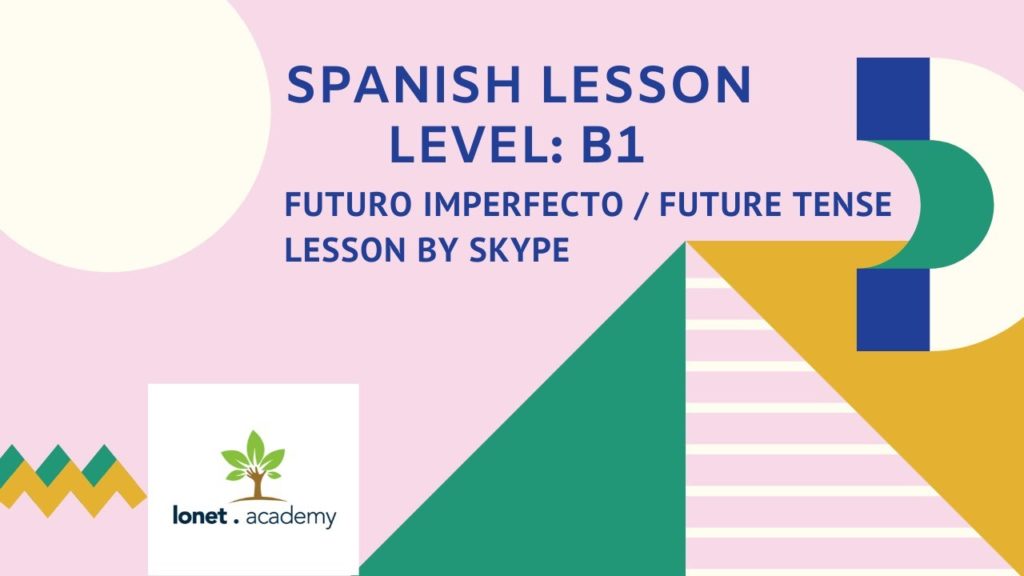
15 different ways of how to say sorry and express regret in Spanish
Learning Spanish language is famously easy as it doesn’t have a huge vocabulary (like Arabic, for example). But students learning this beautiful language should aim to use synonyms as often possible so as not to sound repetitive. One example is learning how to say sorry in Spanish. No matter where in the world you go, you will make mistakes, bump into someone or spill a drink. And every culture follows that up with an apology.
Learning how to apologize in Spanish is not as straightforward as remembering a single word. There is a world of difference, for example, between between bumping into someone in a market and then apologizing, and saying sorry for knocking someone off of their bike. If you’re going to be making an effort to test your language skills, you will make mistakes. And when you do, you’ll want to say sorry. You may also want to thank a waiter for his patience and apologize in Spanish for holding him up. In any event, you won’t want to repeat the same phrase over and over again, particularly when speaking to the same person.
Now, when it comes to saying sorry in Spanish, there are 5 main verbs that you want to use:
Perdonar (to forgive): how to ask for forgiveness and apologies in Spanish
Perdonar is the verb used most commonly to say sorry in Spanish. The conjugation varies depending who is speaking and who they are talking to.
The four main forms of the verb perdonar are:
- Perdona (Forgive [me]) — Use this form when talking to close friends or family. Don’t be fooled by the imperative form of tú. It is polite and is not a command.
- Perdone (Forgive [me]) — Use this form to apologize in Spanish in a formal conversation.
- Perdón (Forgiveness) — This is a neutral form of the verb which. It is used in most casual situations. It is actually a noun and should not be used formally.
- Perdóname por favor! (Please forgive me!) – Use this form in situations when you do something wrong and want forgiveness.
Perdonar is used to apologize in Spanish for doing or saying something that is fairly minor.
Examples might be:
- Perdona por llegar tarde. (Sorry for being late.)
- Perdón. No te había visto. (Sorry, I hadn’t seen you.)
It is also used to attract someone’s attention or if you didn’t hear or understand something – very useful when conversing in a foreign language.
- Perdone, ¿sabe donde está la calle Málaga? (Excuse me, do you know where Málaga Street is?)
- Perdona, ¿puedes repetir esto? (Sorry, can you repeat that?)
Sentir (To feel): express regret
Sentir is used to ask for forgiveness and for expressing regret in Spanish. It is also used to display empathy.
It is most commonly used to say:
- Lo siento (lit. I feel it) – Use this form to express sympathy and regret or when saying “no” to somebody’s offer. Lo siento, pero no. (I am sorry, but no.)
- Lo siento mucho/muchísimo (lit. I feel it a lot) — Use this form if you have done something wrong and feel guilty. It is a stronger emotion that perdona. Also use it if something bad has happened to a person and you want to tell them you know how they are feeling, for example when expressing sympathy following the death of a relative.
- Siento (mucho)… (lit. I feel [a lot]…) — Use this form as above but when following up with other information.
Also use it to let someone know you feel sorry for them or for their situation:
- Siento mucho lo ocurrido. (I’m very sorry about what’s happened).
- Siento mucho la pérdida de tu madre. (I’m so sorry for the loss of your mother).
Disculpar (To excuse): “my fault” in Spanish
This is the third most common way to apologize in Spanish – saying it’s your fault. It is also used to attract someone’s attention in a formal way and, once again, the conjugation varies depending on who you are talking to.
Disculpar has three main forms:
- Disculpa (Excuse/forgive [me] – my fault) — Use this form when talking to friends or family. The word “culpa” means fault, so the closest translation of “disculpa” would be – “Sorry, it’s my fault.”
- Disculpe (Excuse/forgive [me]) — Use this one when speaking to a superior or to a person you do not know in a formal context.
- Disculpa/e + noun (Excuse me for… / sorry for…) — Use this form when adding a reason for your apology.
The verb disculpar is used in a similar way to perdonar but is slightly more formal and is used to apologize for something more serious that you have said or done.
- Disculpa, no te había oído. (Sorry, I hadn’t heard you).
- Disculpe, no sabía que estaba esperando. (I’m sorry, I didn’t know you were waiting).
Also use disculpa and disculpe to attract someone’s attention or ask them to repeat something:
- Disculpe, ¿sabe donde está el banco? (Excuse me, do you know where the bank is?) – formal way
- Disculpa, ¿puedes repetir eso? (Sorry, can you repeat that?)
Learning to say sorry is one of the most important elements of language learning. Understanding the differences in how to use apologies according to social convention is also crucial. Often, people will simply brush it away if you make a mistake, but in some circumstances, such as bereavement, it could be very upsetting.
Arrepentirse (to regret): how to express regret and dissapointment about the past
This is the most common verb to express regret in Spanish – saying you wish something had not happened. Use this form to say that you regret about some personal decisions or in the context of personal relationships. You may also regret missed opportunities or personal choices and behavior.
Arrepentirse can be used in such forms:
- Me arrepiento de (I regret [smth] – my fault) — Me arrepiento de esa desicion.
- Me apperiento por (I regret about [smth]) — Me arrepiento por haberlo hecho.
- Me arrepiento (I regret.) — Yo actué mal. Me arrepiento.
In all these cases, “arrepentirse” means that you look back and feel bad about what happened in the past.
Lamentar (to regret with sorrow): express “I am sorry” with sorrow
This is the most common verb to express sorrow and dissapontment in Spanish – saying you are feeling bad about something that has happenned. Use this form to express condolences, empathy and sympathy. Use it in the context of personal relationships and events.
Here are soem examples of how to use the verb lamentar:
- Lamento mucho… (in cases of death) — Lamento mucho la muerte de tu padre.
- Lamento escuchar que…. (I am sorry to hear …) — Lamento escuchar que estás enfermo(a).
- Lamento … (loss and misfortunes) — Lamento mucho tu pérdida.
- Lamentamos que… (formal apologies) – Lamentamos informar que su solicitud ha sido rechazada.
Lamentar is mostly used as a formal version of “lo siento mucho”.
Some other ways how to say sorry and ask for apologies in Spanish
Lo siento (mucho) – I am (so) sorry
Disculpa (inf)/ Disculpe (f) – Excuse me
Perdona (inf)/ Perdone (f) – Sorry/ Pardon
Lo lamento – (I’m) very sorry
No sabe cuánto lo siento/lo lamento – You don’t know how sorry I am
Siento lo ocurrido – I regret what happened
Mil disculpas – A thousand apologies
Me disculpo por… – I apologise for…
Espero me perdones por… – I hope you can forgive me for…
Te debo una disculpa por… – I owe you an apology for…
Estoy muy apenado por … – I am very sorry about…
See more examples on Rosetta Stone of 20 unforgettable ways to say sorry in Spanish.
Check phrasebooks, apps or podcasts. That is a good starting point in expanding your Spanish vocab, particularly if you are just visiting a foreign country for a vacation. If, however, you’re learning Spanish in a more profound way, it’s a nice idea to find a private Spanish tutor.

A Spanish language tutor will help understand your learning style and guide your learning. This structured approach, with guidance on extra activities to supplement your learning, is the quickest way to learn Spanish expressions.
Selected Spanish tutors on Lonet.
More resources on the topic of how to say sorry in Spanish:
14 Spanish apologies, Memrise article on how to say that you are sorry in Spanish, Mexican version of being sorry in Naatik article and 93 sincere, meaningful ways to apologize & say sorry in Spanish from Berlitz.
